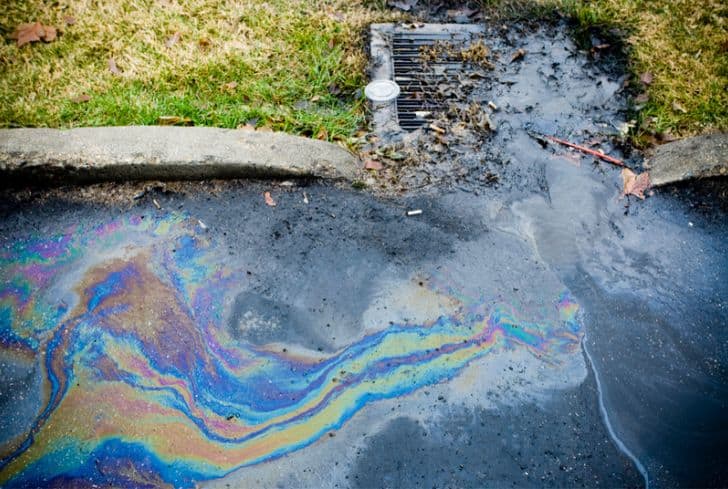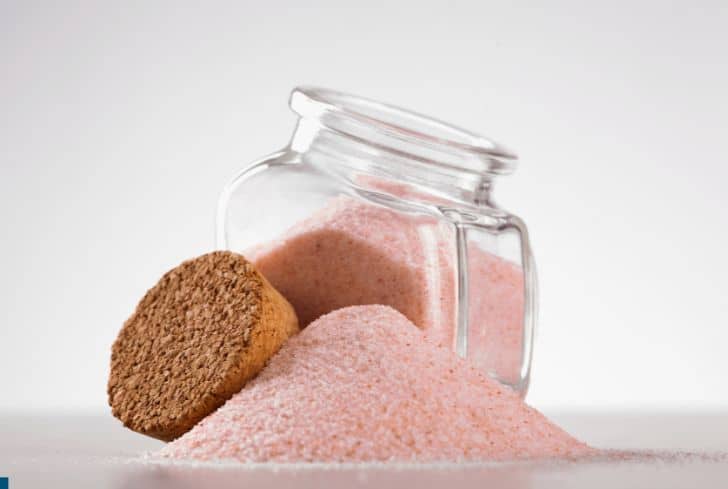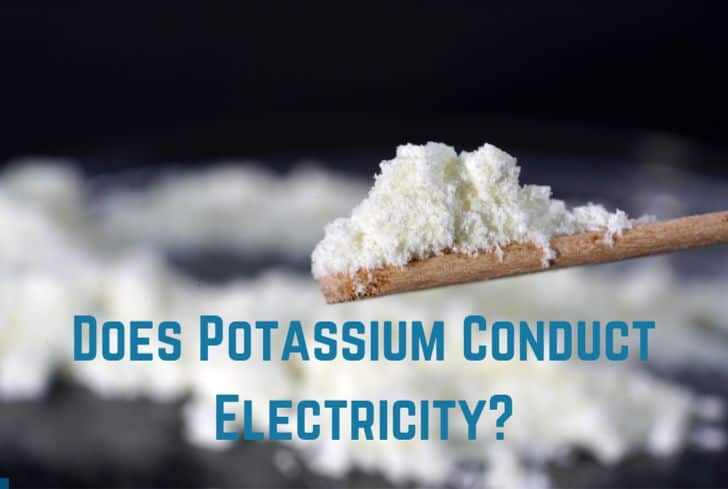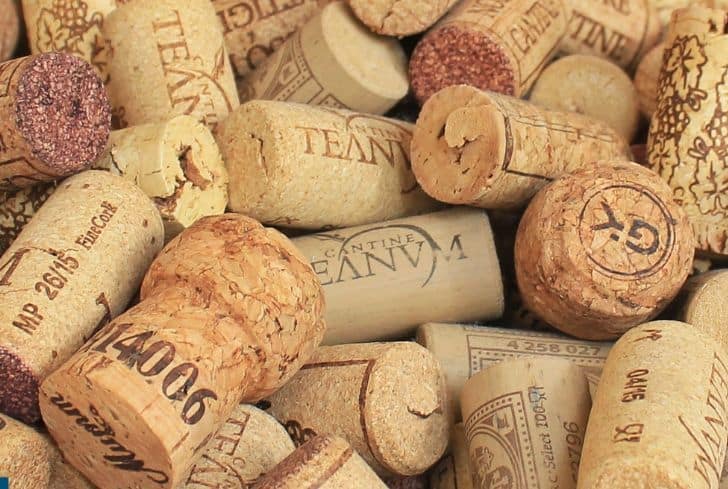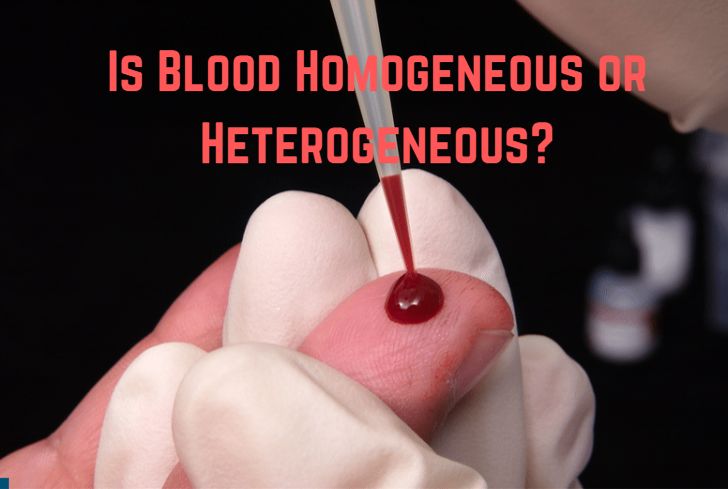Is Soil Homogeneous or Heterogeneous? (Answered)
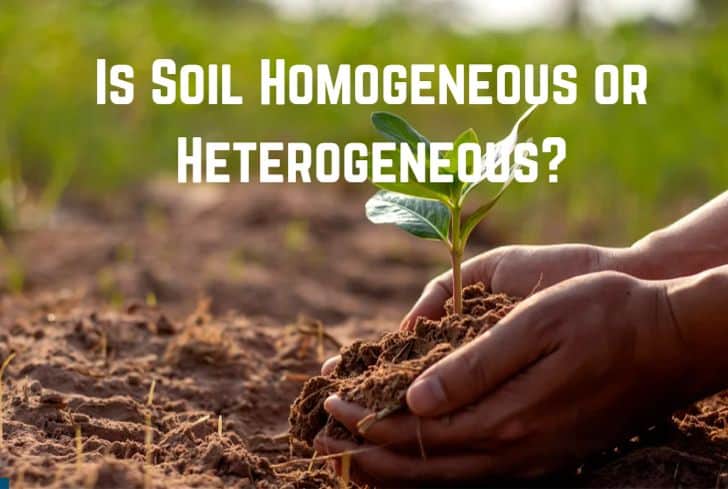
Soil is the loose surface material that covers most parts of the land on Earth. It is present on the uppermost part of the crust and contains several inorganic and organic matter that is essential for life on Earth. One of the main uses of soil is that it provides basic structural support to plants and serves them with water and nutrients.
We all know more or less about soil and have been associated with it since childhood. However, have you ever wondered if the soil is homogeneous or heterogeneous? Is it a compound or is it present in the pure state? If yes, I suggest you read along, because these are a few questions that we have addressed in this article.
Read: Is Sand a Mixture?
Is Soil a Homogeneous Mixture?
No. Soil is not a homogeneous mixture. Soil, covering almost all of the uppermost layer of the Earth’s crust, is a mixture of several solid and liquid particles in different proportions, therefore, it is not a homogeneous mixture. It contains particulate matter varying in shape, size, and color that are bound together simply by the laws of attraction.
A homogeneous mixture is one in which all of its components are mixed together so thoroughly that you cannot differentiate any of them with your eyes. If you were to test multiple samples of the mixture, they will have the same components and proportions.
The particulate matter present in the soil can be living or dead, however, it is not a homogeneous mixture. Although there is a common belief that soil in itself contains only dirt and is the only soil particle, it is false. The particles present in the soil have different shapes, size, weight, and durability and thus only contributes to its overall makeup of it.
Is Soil a Heterogeneous Mixture?
Soil is a heterogeneous mixture as it contains several ingredients and they have different characteristics. The particles that are present in soil are not in the same proportion throughout the mixture and therefore, it is heterogeneous. To separate the ingredients, one needs to indulge in a chemical process.
Soil is merely a mixture of some solid components that will never be able to melt into each other and become one component. It has several layers, such as bedrock, parent material, subsoil, and topsoil. The soil contains weathered bedrock, washout deposit, sand, etc.
Why is Soil Not a Homogeneous Mixture?
The soil is made up of rocks, minerals, and their remains when they are broken down by the agents of erosion – wind, water, etc. These through the cycle of precipitation come down into the soil and get mixed. However, they do not melt into each other to form one single compound. Therefore, it is not homogeneous.
To understand why soil is heterogeneous and not homogeneous, we first will have to look into the definition of the two. A homogeneous mixture usually refers to a mixture, where the creation has the same properties throughout.
The heterogeneous mixture on the other hand refers to a blend, which is not uniform throughout. The different layers of the soil are called horizons and they are – bedrock, subsoil, organic, and the parent material, which might contain till, eolian sand, alluvium, and more.
In a homogeneous mixture, one cannot see the particles of that mixture using the naked eye. However, the particles that makeup soil are visibly differentiable to the naked eye, thus proving that soil is not a homogeneous mixture. In a homogeneous mixture, one cannot separate the components by a physical process and need a chemical process.
In soil, physical processes are used to separate the components that have not melted together. The soil is made up of organic matter which consists of dead or living organisms and holds all the components together. It is also the richest part of the soil and contains nutrients, and is moisture retentive.
The minerals present in the soil are usually silicon, aluminum, and iron. Water is another important component of the soil, the amount of which varies from soil to soil. Water present in the soil is absorbed and gravity pulls it down. Soil with large particles, such as sand cannot retain much moisture, however, it is the opposite for clay.
Air is also present in the soil, which can be determined by comparing solid volume with non-solid volume. The amount of air depends on the texture of the soil and its free movement capacities. Since the roots of plants and trees require oxygen, the air present in the soil is an essential part of the ecosystem.
The Difference Between a Mixture and a Compound
Here is a table comparing all the differences between a compound and a mixture:
| Compound | Mixture |
| Compounds are the result of a chemical combination of 2 elements or more. | Mixtures are the result of physically combining 2 substances or more. |
| There are three types of compounds -Covalent compounds. Metallic compounds. Ionic compounds. | There are two types of mixtures -Homogeneous mixtures. Heterogeneous mixtures. |
| Compounds always have a fixed chemical composition of their substances. | Mixtures always have a variable composition of their substances. |
| All compounds are homogeneous. | Mixtures can be either heterogeneous or homogeneous. |
| A compound is the result of a chemical combination between two or more substances, therefore their properties depend on its constituents. New substances are formed here. | The properties of mixtures depend on the properties of their constituents. No new substances are formed here. |
| The boiling and melting points of compounds are mostly defined. | In a mixture, the boiling and melting points are not defined. |
| A few examples of compounds are Methane, Hydrogen Peroxide, water, etc. | A few examples of mixtures are ink, air, gunpowder, etc. |
Is Soil a Compound?
Soil consists of several components which do not melt into each other to form one single compound, therefore soil is a heterogeneous mixture. Every sample of a shovelful of soil contains different ratios or proportions of mixtures. It is a mixture of minerals, living and dead microorganisms, air, and water.
If anything, the soil is a mixture of many compounds and the properties of the soil majorly depend on the properties of the components present in it. It contains organic matter (humus), living organisms, and broken-down minerals and rocks. Soil is never a single molecule, but always a blended mixture of components.
In a mixture, there are no chemical bonds, therefore the elements can be separated easily in a mixture. If the soil was a compound, it would have a fixed amount of salts, minerals, vitamins, water, etc., in it. However, this is not the case, the components and their ratio in the soil vary from one place to another.
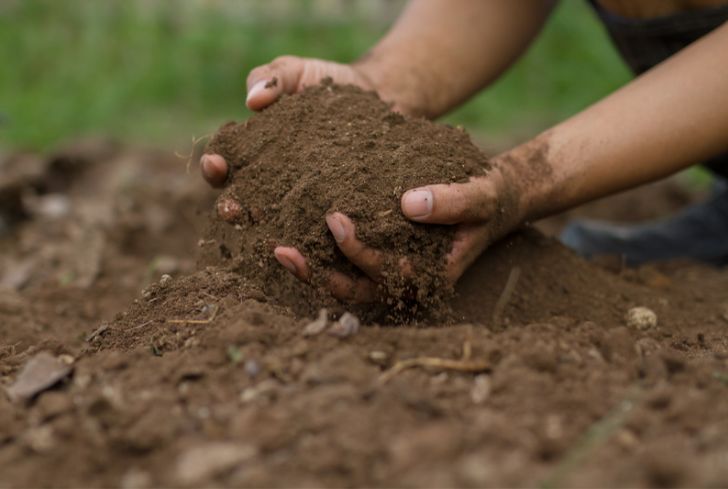
Is Soil a Pure Substance?
Soil is not a pure substance, because it has a composition that is not the same in different locations. The mixture of soil is pretty complex as it contains both organic and inorganic compounds and biotic and abiotic components in it.
Read: Is Blood Homogeneous or Heterogeneous?
The organic nature of the soil is because of the several decaying plants and animals present in it. However, the inorganic nature of the soil is a result of the minerals and chemicals that are formed due to the disintegration of the parent rock, agricultural runoffs, and acid rains.
The Biotic constitution of soil contains small insects and microorganisms which live in the soil. Larger animals, such as rodents, etc. sometimes make burrows in the soil. The abiotic components of the soil include clay particles, sand, gravel, minerals, moisture, temperature, etc.
Is Soil a Colloid or Suspension?
Soil is a suspension, solely because it is a heterogeneous mixture where the particles do not dissolve but remain suspended throughout the medium. The suspended particles are visible to the naked eye. A colloid has glue-like consistency or tiny particles that are not visible to the naked eye.
Due to the heterogeneous properties of the soil and its components, the particulate matter in the soil remains suspended. The components in the soil will never be able to form a compound because it is a suspension and has heterogeneous properties.
Read: Is Baking Soda a Compound or a Mixture?
Frequently Asked Questions
Are Soil and Dirt the Same Thing?
Although soil and dirt might look the same, they are very different from each other. Soil is a composition of different plants, animals, minerals, and nutrients. However, dirt is dead and is far from being a home to microorganisms such as bacteria, fungi, algae, etc. Soil is directly responsible for the ecosystem.
Can Soil Ever Go Bad?
Yes, old potting soil loses value over time because the ingredients like peat moss, etc., start to decompose. Soil may start to lose moisture, affect the growth of plants, and start dying. At times during waterlogging, the soil may smell bad due to the presence of bacteria, but that has nothing to do with the soil going bad.
Can Soil Be Made Artificially?
Yes, soil can be made artificially and it is sold in containers that can even be used for growing plants. The artificial soil is usually made up of peat, perlite, vermiculite, and nutrients. These artificial soils are very lightweight and clean, therefore they provide perfect drainage facilities for your plants.
Final Thoughts
Soil being a heterogeneous mixture contains a variety of particles that are not well distributed among it at times. The particles vastly vary in size, shape, and composition. Therefore, the soil is not a compound or a homogeneous mixture. It is rather a heterogeneous mixture of different components spread in an uneven ratio throughout.

